Options for Volatile Markets: Managing Volatility and Protecting Against Catastrophic Risk
$14.49
| Author(s) | , |
|---|---|
| Pages |
215 |
| Format |
|
| Publication Year |
2011 |
In Options for Volatile Markets, Richard Lehman and Lawrence McMillan provide you with specific strategies to lower portfolio volatility, bulletproof your portfolio against any catastrophe, and tailor your investments to the precise level of risk you are comfortable with.
Introduction:
The first five chapters in this book represent an updated and condensed version of the basic options and covered call writing content from New Insights on Covered Call Writing. (Chapters 1 and 2 are very elementary and are included so those who have never used options before can start from scratch. Those already familiar with options may want to jump in at Chapter 3 for the basics of covered call writing.)
Chapter 6 focuses on put hedging and Chapter 7 combines call writing and put hedging into collar strategies. Chapter 8 applies these option strategies to the rapidly growing field of exchange-traded funds (ETFs), and Chapter 9 explains how to utilize the new volatility instruments that are now available.
The book is addressed to the broad audience of equity investors, both individual and professional. We feel that every investor in listed equities, whether managing a portfolio themselves, or paying a broker, money manager, or mutual fund manager to manage it for them, should at least recognize that there are tools available to effectively reduce risk and volatility, and to either learn how to use those tools themselves, or find a professional who does.
Contents:
- Option Basics
- Option Pricing and Valuation
- The Basics of Covered CallWriting
- Implementing Covered Call Writing
- Advanced Call-Writing Techniques
- Basic Put Hedging
- Advanced Hedging Strategies
- Options on ETFs
- Volatility and Volatility Derivatives
Options for Volatile Markets: Managing Volatility and Protecting Against Catastrophic Risk By Lawrence G. McMillan and Richard Lehman pdf
8 reviews for Options for Volatile Markets: Managing Volatility and Protecting Against Catastrophic Risk
Clear filtersOnly logged in customers who have purchased this product may leave a review.

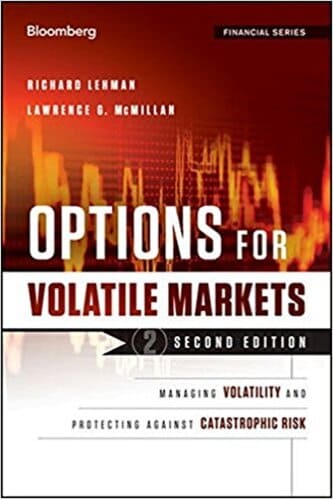
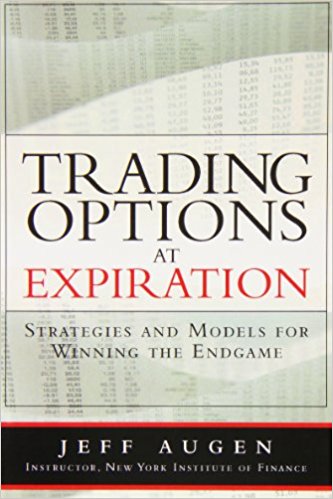
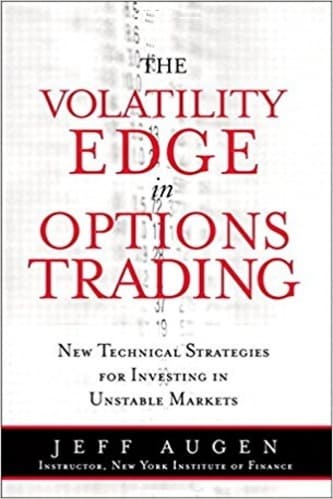
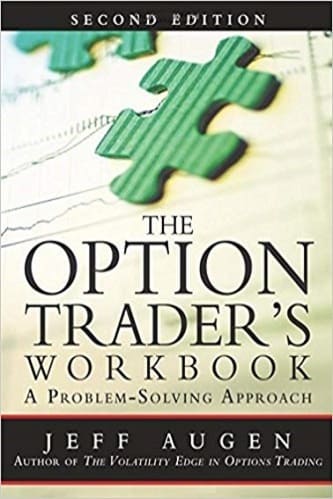
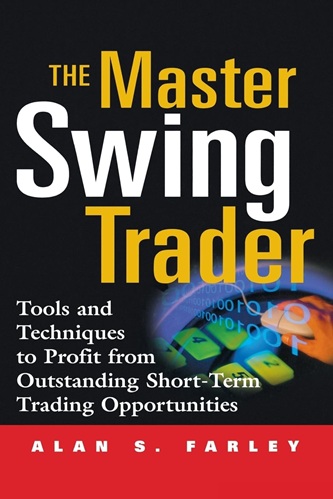
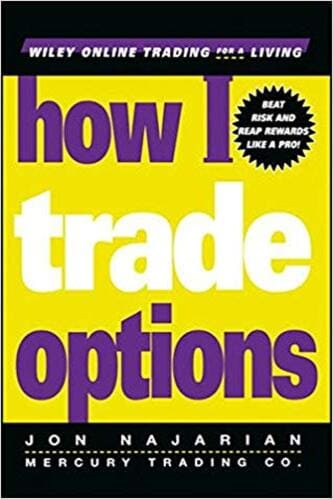
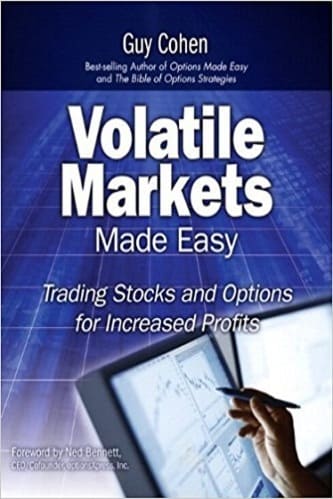
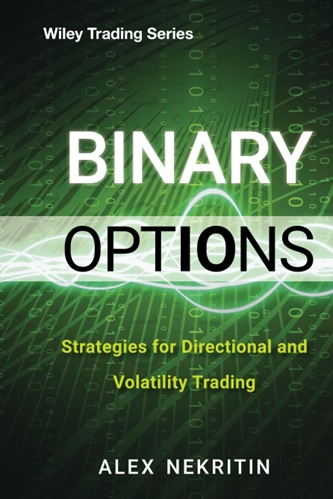
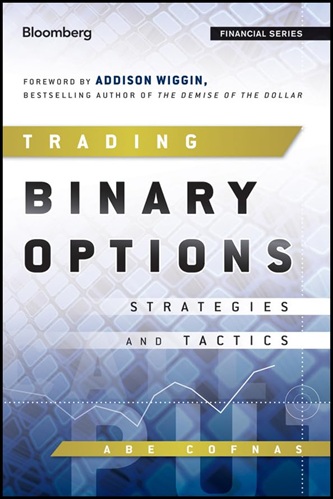
Graham Mercado (verified owner) –
good book
Mckinley Hughes (verified owner) –
Stock investing in times of extreme volatility without any downside protection seems too much like a crap shoot and I have previously avoided Options and ETFs as being too complicated. I had considered expensive courses and seminars, but this book did it all… taught me the basic and necessary understanding and the sophisticated protective strategies in using options to protect my portfolio. Others I know are totally giving up on the ‘madness’ of the current equity market. Meanwhile I am now beginning to profit from it. Kudos to Lehman and McMillan for sharing their extensive knowledge. Forty bucks extremely well spent!
Alessandra McCoy (verified owner) –
PRAISE: First and foremost, I confidently assert that this book is the single best resource now available that is focused primarily on the subject of covered calls investing. To those who have read the 1st Edition of this book (titled “New Insights on Covered Call Writing”), this 2nd Edition is a substantial improvement. It is written with great clarity throughout and is worthwhile reading for anyone (from novice to expert) interested in covered calls and other closely-related hedging strategies. Some of the best features are:
1. Excellent definitions and explanations of options terminology; and especially insightful discussions of important topics such as time value decay, skews, implied volatility, and historic volatility.
2. A very good explanation of why a fear common to many newbie covered calls investors, namely early exercise, is largely unwarranted.
3. Thorough discussions related to position management (the authors call this “follow-up actions”), including various types of “rolling”.
4. The section on “Basic Tax Rules for Options” is the best concise description I’ve seen anywhere on this topic.
5. Why it is critically important that investors develop knowledge of how “risk” and “volatility” should inform our investment decision-making process. Consideration of specific “traps” to be avoided is another especially strong feature of this book.
6. For investors interested in modifications to the basic covered calls strategy, hedging with protective puts, collars, and option spreads are also presented. Thankfully, the authors present these alternatives in a well-balanced manner, taking time to present both the pros and cons of each strategy.
CONCERNS:
1. I share the concern of some other reviewers that the revised title of this 2nd Edition is overly generic and therefore somewhat misleading. A more appropriate title would be something like “Covered Calls and Related Hedging Strategies”.
2. Figure 6.4 is a very nice, visual way to portray the “Behavioral Impact of Covered Call Writing”. But the stock price ranges are incorrect: “Good decision offset…” should be <$47, etc., etc.
3. Weekly options now exist for over 100 equities/ETFs and they continue to grow in both availability and popularity. Including commentary on the possible role of weeklies in the several instances when expiration timeframes are addressed throughout the book would definitely enhance the readers' overall understanding.
MAJOR FLAW: On pages 162-164, the authors present results from their own study of four strategies during 2007-2010. The results are summarized in Table 8.3. Unfortunately, there are errors in the "Total Period" column which will cause naïve readers to falsely conclude that the collar strategy provides substantially better returns than the other three strategies. Two of these errors are:
* The actual overall performance of SPY over these 3 3/4 years was -13.1%, not -17.3%.
* The +15.2% return claimed for the collar strategy defies basic common sense when compared with the returns presented for its related component parts, that is a covered calls return of +3.1% in combination with a put hedge return of -5.2%. We can also conclude that the +15.2% is also clearly inaccurate from a different viewpoint, since a time-weighted average of the flat period (+5.8%), down period(+0.4%), and up period (+16.7%) is much closer to +8.4% — but definitely not +15.2%.
This major flaw should be corrected prior to the next edition of this book. Further, to improve the validity of the results, the current 3 3/4 years backtest should be extended to a more rigorous minimum of 20 years.
Jett McCullough (verified owner) –
The book was very short on strategies. I expected more information on what to do and good examples. It dwelled on definitions and listed advantages and disadvantages for example of puts and covered calls. Most options traders already know this. The book is pretty short, only 200 pages and the last part dwelled on volatility with more definitions and advantages and disadvantages etc. It seems geared to newbies. I would stick with the McMillan Strategies book volumes. This book is not nearly as good. It seems he is trying to just churn out books.
Franklin Wilcox (verified owner) –
I was surprised, when I got the book, that the first edition’s title had actually been “New Insights on Covered Call Writing” — a more accurate title, since about half the book is about covered calls. Did I, an experienced options investor, need a refresher on the simplest, most conservative strategy, covered writing?
Turns out, when the author sharing insights is McMillan, that, yep, I do (his co-author, Lehman, must be about as good a writer, analyst, and money manager — that’s high praise). I’ve learned a lot from this book; the excellent writing made it a real pleasure to go through the studying (shouldn’t take long — it’s a short 200-pages book).
The book is suitable for beginners, starting with summaries of option basics, pricing, covered writing — experts should not skip these early chapters, which offer many insightful observations. It gets even better when implementation details are dissected, then advanced variations (put writing, ratio writing, diagonals, …). The short coverage of put-call parity (titled “option-stock arbitrage”) is the best concise treatment I’ve seen.
The book moves on to hedging (put buying, follow-ups, spreads, collars, …), including a superb concise treatment of the psychological side of various forms of hedging; optionable ETFs; and, finally, VIX derivatives, in a 30-page final chapter which, again, is the best concise treatment of the subject I’ve ever seen — full, like the rest of the book, of tips, insights, real-life examples well presented with tables and graphs and masterfully discussed, actionable advice on VIX futures and options (only one related ETN, VXX — such ETNs are exploding in numbers and varieties, a detailed analysis would take another book this size).
In short, I can’t recommend this book highly enough to anybody — beginner, intermediate, or expert — with any interest in options, or, indeed, in the stock market.
Everett Miles (verified owner) –
I just finished reading Options For Volatile Markets: Managing volatility and protecting against catastrophic risk 2nd edition, Wiley Publishing, Bloomberg Press and it’s a great book. I have a simple test if you’re interested in options to see if you should read it. If you don’t know the name Lawrence (Larry) McMillan you should order the book. Mr. McMillan is a legend in the options business. I have audio cassettes from about 15 years ago made by McMilian for investors. The cassettes described the predictive powers of options and lessons I learned back then still apply today. It should really not be discounted the valuable contribution Richard Lehman provided to make Options For Volatile Markets the great book that it is.
Everyone who has attempted to get their head wrapped around stock options with all the terminology, variables, mechanics, and pricing knows how complicated options can be. McMillian and Lehman rip apart the veil holding back the sunlight of understanding with a serious vengeance. McMillian and Lehman really have explaining options and the plethora of strategies that go along with hedging down to a science. Options For Volatile Markets is an incredibly easy read from start to finish.
The reader is taken step by step from the very beginnings of what stock options are, why they exist and what they can be used for. The first three chapters of the text covers just about everything needed to know to confidently place your first stock option trade. Much of the basic option information is available on the internet in a hodge-podge type of semi-disarray, but with Options For Volatile Markets all the information is right there with ample examples of how to interlock the terms into context. The reader can begin with zero knowledge at the start and have a working understanding long before others performing endless searches trying to achieve the same learning objective will.
The reader is moved along the learning curve into the study of advanced call writing and techniques are discussed and deployed with many examples. The reader will find no glory stories or ways to get rich quick, but will find the information needed to minimize volatility and perhaps even extend portfolio performance.
Lehman and McMillan make Options for Volatile Markets a worthwhile read for experienced stock option traders and investors. Many insights and pricing examples are provided demonstrating fresh ideas not found in other books. Lehman and McMillian start out the book explaining why there was a need to be filled with their book and I believe they are correct in their assessment as well as fulfilling the need.
A large amount of the book is dedicated throughout explaining the mental / emotional side of different positions and what an investor can expect to “feel” after placing the trade. This is so important because if you don’t know what to expect (especially when starting out) and emotion starts to take over, you may have the right position on for any given situations and still end up destroying a profitable trade. Knowing what to expect and preparing for it is a large component of portfolio peak performance; Lehman and McMillan deliver the goods in a way I rarely see in books about options even at a minimal level. Options For Volatile Markets will prepare the reader mentally and mathematically for many of the most common hedging and speculative types of stock option trading.
Those who are in my chat room know I trade options almost every trading day of the year and typically have multiple positions on at any given time. Knowing that this book exists, you would have to be crazy to begin trading options without reading this book first. If you are trading options without having already read this book you need to know your counter-party may have and you are trading at a disadvantage. I have read and recommend Options For Volatile Markets for anyone trading options and wanting to improve their results, and especially for anyone who wants to get started with options on the right path.
Hana Griffith (verified owner) –
This is not book on how to get rich with options, but rather how options can limit your losses on stocks. Following a brief overview of option basics and pricing, Lehman and McMillan dedicate over a third of their book to the covered call. They explain the advantages of writing near-term calls whose strikes are close to the stock’s purchase price. Next, about a fifth of the book discusses the hedged put and how collars (buy ITM put, write OTM call) can offset the price of the puts. The final two chapters apply the three strategies to exchange-traded funds (ETFs) and explain how call options on the CBOE volatility index (VIX) can protect portfolios from sudden market downturns. They briefly mention debit spreads but only in the context of protecting a long stock position. Credit spreads are not discussed nor any other option strategy that does not include the purchase of the underlying stock.
Although most books on option trading discuss these basic strategies, this one provides a much deeper perspective on how they should be implemented. For example, the authors use actual data or back testing to discuss the pros and cons of writing calls or buying puts with different strikes and different expirations. The data are thoughtfully presented in tables and figures that can help traders understand the relationship between risk and profit (e.g., Table 7-2, page 140). I also liked their analogy to an insurance policy. The more you invest in these protective options (aka the insurance premium), the less you will loose on your stock (aka the lower your deductible).
On the negative side, I found two errors and have one comment neither of which should discourage anyone from buying this book. Table 4.6, Options Taxed as Separate Securities (page 83), should have calculated capital gains as $175 – 45 rather than $175 – 0. And the values plotted on the Y axis of Figure 9.10 (VXX Divided by VXZ, page 196), are about a factor of 100 higher than the actual quotient. Also, as an options trader, I would have liked a more detailed discussion on the advantages of combining ratio spreads with long positions on the underlying stock. To my knowledge, ratio spreads are generally traded without purchasing the stock.
Perhaps the worse I can say about “Options for Volatile Markets” is that the title misleads readers to expect more than what they will find. As I stated earlier, most of the book focuses on three option strategies, the covered call, the hedged put and the collar. In my opinion, these strategies work no better in volatile markets than in flat markets. The authors admit as much when they state, “During a relatively flat period, all three option strategies performed quite adequately, with call writing expectedly being the best.” (page 162). However, in an earlier and more widely read publication (McMillan on Options, 2004), McMillan tells his readers not to write covered options during volatile markets:
“In summary, then, covered writing is a strategy designed to do best when stock prices are stable or moderately rising. If the underlying stock is, or becomes, volatile, this is not an attractive strategy because you cannot participate in large moves on the upside, but you will suffer the results of any move to the downside.” (page 62).
In view of the volatile markets that we have had over the past three years, I expect the authors chose their title to sell books rather than to preview the actual content or to be consistent with a past publication. Nevertheless, I still recommend this book to beginning and advanced traders.
Ashlyn Bartlett (verified owner) –
If you think 2008 was a complete outlyer event, take a look at the charts the last 10 years and notice how much larger the swings have been. If you don’t want to lose money in these strong downturns you can: a. Become a successful trader (You realize this is going to take several years to learn and 90% of traders lose money) b. Keep you funds in cash or a savings account or c. read this book and apply its principles of using options to increase your returns and protect your assets.
This is not a book on trading options but rather a book on how to increase returns, protect your money, and reduce the wild swings in your account balance. This book explains how to use covered calls and hedging techniques to do this. If you think you already know these subjects, my guess is that you don’t know them nearly as well as the authors. This book covers the basics and then jumps into the details of how to craft the strategy to the risk reward profile you want versus your performance being based on the whim of the market. Several strategies are revealed that would have earned positive returns greater than the long-term market average through 2008 and 2009 without large swings in your account and without having to short the market.
In my opinion the chapter on volatility (VIX) is worth the price of the book alone.